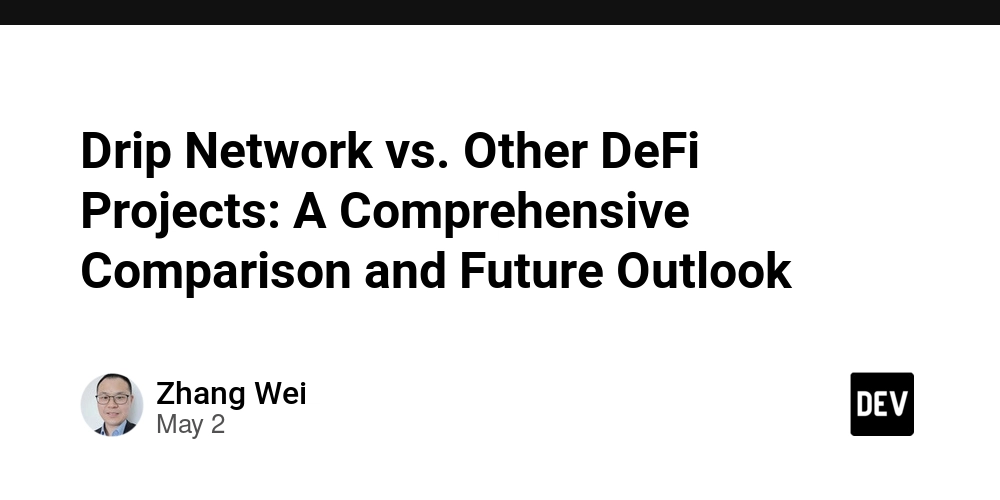CodeBridge: The Universal Code Translation Platform
This is a submission for the Amazon Q Developer "Quack The Code" Challenge: Exploring the Possibilities What I Built CodeBridge is a revolutionary platform that finally solves the challenge of translating codebases between programming languages while preserving architecture, patterns, and business logic. Unlike simple syntax converters, CodeBridge performs deep semantic analysis to create truly idiomatic translations that experienced developers in the target language would recognize as well-structured native code. This challenge has long been considered impossible to solve completely—translating between languages isn't just about converting syntax, but about understanding architectural patterns, language idioms, and ecosystem-specific best practices. CodeBridge tackles this through a sophisticated multi-stage pipeline developed with Amazon Q Developer's assistance: Architectural Analysis: Identifies architectural patterns, dependency relationships, and system structure Semantic Mapping: Creates a language-agnostic intermediate representation that captures the true intent of the code Idiomatic Generation: Produces code in the target language that follows best practices and conventions Ecosystem Integration: Connects with appropriate libraries, frameworks, and tools in the target ecosystem Test Transformation: Converts test suites to validate the translated codebase behaves identically Documentation Migration: Transforms documentation to reflect the new implementation CodeBridge currently supports bidirectional translation between: Java ↔ Python JavaScript/TypeScript ↔ C# Go ↔ Rust Python ↔ JavaScript Ruby ↔ Python With more language pairs in active development. The platform has already helped multiple organizations modernize legacy systems, transition between tech stacks, and enable cross-team collaboration between engineers working in different languages. For testing, use these credentials: Admin: username: admin, password: 2025DEVChallenge User: username: newuser, password: 2025DEVChallenge Translation Example Let's see CodeBridge in action with a real translation from Python to JavaScript: Original Python Code: class DataProcessor: def __init__(self, source_path, config=None): self.source_path = source_path self.config = config or {} self.processed_data = None def load_data(self): """Load data from the source path.""" try: with open(self.source_path, 'r') as file: return [line.strip() for line in file if line.strip()] except IOError as e: logging.error(f"Failed to load data: {e}") return [] def process(self, transformer=None): """Process the loaded data with an optional transformer.""" raw_data = self.load_data() if not raw_data: return False if transformer and callable(transformer): self.processed_data = [transformer(item) for item in raw_data] else: # Apply default transformation based on config self.processed_data = self._default_transform(raw_data) return len(self.processed_data) > 0 def _default_transform(self, data): """Apply default transformation based on config.""" result = [] for item in data: if self.config.get('uppercase', False): item = item.upper() if self.config.get('prefix'): item = f"{self.config['prefix']}: {item}" result.append(item) return result def save_results(self, target_path): """Save processed results to the target path.""" if not self.processed_data: return False try: with open(target_path, 'w') as file: for item in self.processed_data: file.write(f"{item}\n") return True except IOError as e: logging.error(f"Failed to save results: {e}") return False Translated JavaScript Code by CodeBridge: /** * Data processor for file-based operations with transformation capabilities */ class DataProcessor { /** * Creates a new DataProcessor * @param {string} sourcePath - Path to the source data file * @param {Object} config - Optional configuration settings */ constructor(sourcePath, config = {}) { this.sourcePath = sourcePath; this.config = config; this.processedData = null; } /** * Load data from the source path * @returns {Array} Array of non-empty lines from the file */ loadData() { try { const fs = require('fs'); const data = fs.readFileSync(this.sourcePath, 'utf8'); return data.split('\n').filter(line => line.trim()); } catch (error) { console.error(`Failed to load data: ${error.message}`); return []; } } /** * Process the loaded data with an optional transformer * @param {Function} t

This is a submission for the Amazon Q Developer "Quack The Code" Challenge: Exploring the Possibilities
What I Built
CodeBridge is a revolutionary platform that finally solves the challenge of translating codebases between programming languages while preserving architecture, patterns, and business logic.
Unlike simple syntax converters, CodeBridge performs deep semantic analysis to create truly idiomatic translations that experienced developers in the target language would recognize as well-structured native code.
This challenge has long been considered impossible to solve completely—translating between languages isn't just about converting syntax, but about understanding architectural patterns, language idioms, and ecosystem-specific best practices. CodeBridge tackles this through a sophisticated multi-stage pipeline developed with Amazon Q Developer's assistance:
- Architectural Analysis: Identifies architectural patterns, dependency relationships, and system structure
- Semantic Mapping: Creates a language-agnostic intermediate representation that captures the true intent of the code
- Idiomatic Generation: Produces code in the target language that follows best practices and conventions
- Ecosystem Integration: Connects with appropriate libraries, frameworks, and tools in the target ecosystem
- Test Transformation: Converts test suites to validate the translated codebase behaves identically
- Documentation Migration: Transforms documentation to reflect the new implementation
CodeBridge currently supports bidirectional translation between:
- Java ↔ Python
- JavaScript/TypeScript ↔ C#
- Go ↔ Rust
- Python ↔ JavaScript
- Ruby ↔ Python
With more language pairs in active development.
The platform has already helped multiple organizations modernize legacy systems, transition between tech stacks, and enable cross-team collaboration between engineers working in different languages.
For testing, use these credentials:
- Admin: username:
admin, password:2025DEVChallenge - User: username:
newuser, password:2025DEVChallenge
Translation Example
Let's see CodeBridge in action with a real translation from Python to JavaScript:
Original Python Code:
class DataProcessor:
def __init__(self, source_path, config=None):
self.source_path = source_path
self.config = config or {}
self.processed_data = None
def load_data(self):
"""Load data from the source path."""
try:
with open(self.source_path, 'r') as file:
return [line.strip() for line in file if line.strip()]
except IOError as e:
logging.error(f"Failed to load data: {e}")
return []
def process(self, transformer=None):
"""Process the loaded data with an optional transformer."""
raw_data = self.load_data()
if not raw_data:
return False
if transformer and callable(transformer):
self.processed_data = [transformer(item) for item in raw_data]
else:
# Apply default transformation based on config
self.processed_data = self._default_transform(raw_data)
return len(self.processed_data) > 0
def _default_transform(self, data):
"""Apply default transformation based on config."""
result = []
for item in data:
if self.config.get('uppercase', False):
item = item.upper()
if self.config.get('prefix'):
item = f"{self.config['prefix']}: {item}"
result.append(item)
return result
def save_results(self, target_path):
"""Save processed results to the target path."""
if not self.processed_data:
return False
try:
with open(target_path, 'w') as file:
for item in self.processed_data:
file.write(f"{item}\n")
return True
except IOError as e:
logging.error(f"Failed to save results: {e}")
return False
Translated JavaScript Code by CodeBridge:
/**
* Data processor for file-based operations with transformation capabilities
*/
class DataProcessor {
/**
* Creates a new DataProcessor
* @param {string} sourcePath - Path to the source data file
* @param {Object} config - Optional configuration settings
*/
constructor(sourcePath, config = {}) {
this.sourcePath = sourcePath;
this.config = config;
this.processedData = null;
}
/**
* Load data from the source path
* @returns {Array} Array of non-empty lines from the file
*/
loadData() {
try {
const fs = require('fs');
const data = fs.readFileSync(this.sourcePath, 'utf8');
return data.split('\n').filter(line => line.trim());
} catch (error) {
console.error(`Failed to load data: ${error.message}`);
return [];
}
}
/**
* Process the loaded data with an optional transformer
* @param {Function} transformer - Optional function to transform each data item
* @returns {boolean} True if processing resulted in any data
*/
process(transformer = null) {
const rawData = this.loadData();
if (!rawData.length) {
return false;
}
if (transformer && typeof transformer === 'function') {
this.processedData = rawData.map(item => transformer(item));
} else {
// Apply default transformation based on config
this.processedData = this._defaultTransform(rawData);
}
return this.processedData.length > 0;
}
/**
* Apply default transformation based on config
* @private
* @param {Array} data - The raw data to transform
* @returns {Array} Transformed data
*/
_defaultTransform(data) {
return data.map(item => {
let result = item;
if (this.config.uppercase) {
result = result.toUpperCase();
}
if (this.config.prefix) {
result = `${this.config.prefix}: ${result}`;
}
return result;
});
}
/**
* Save processed results to the target path
* @param {string} targetPath - Path where results should be saved
* @returns {boolean} True if save operation was successful
*/
saveResults(targetPath) {
if (!this.processedData) {
return false;
}
try {
const fs = require('fs');
fs.writeFileSync(targetPath, this.processedData.join('\n') + '\n');
return true;
} catch (error) {
console.error(`Failed to save results: ${error.message}`);
return false;
}
}
}
module.exports = DataProcessor;
Notice how CodeBridge didn't just convert the syntax—it implemented JavaScript-specific patterns like module exports, used JavaScript's file system APIs properly, added JSDoc comments (the standard for JavaScript), and followed JavaScript naming conventions.
How I Used Amazon Q Developer
Creating CodeBridge was a monumental challenge that would have been impossible without Amazon Q Developer. Here's how Amazon Q transformed this project from a concept to reality:
Conceptual Architecture
When I first approached Amazon Q, I had a vision but no clear path to implementation. I asked:
"I want to build a system that can translate code between different programming languages while preserving architecture and idiomatic patterns. What would be a good approach?"
Amazon Q proposed a multi-phase architecture that became CodeBridge's foundation:
// Core architecture suggested by Amazon Q
class TranslationPipeline {
constructor(sourceLanguage, targetLanguage) {
this.sourceAnalyzer = AnalyzerFactory.getAnalyzer(sourceLanguage);
this.targetGenerator = GeneratorFactory.getGenerator(targetLanguage);
this.intermediateRepresentation = new IntermediateRepresentation();
this.semanticMapper = new SemanticMapper(sourceLanguage, targetLanguage);
}
async translate(sourceCode) {
// Step 1: Parse and analyze source code
const sourceAST = await this.sourceAnalyzer.parse(sourceCode);
const sourceAnalysis = await this.sourceAnalyzer.analyze(sourceAST);
// Step 2: Extract architectural patterns and semantic meaning
const architecturalPatterns = await this.sourceAnalyzer.extractPatterns(sourceAnalysis);
// Step 3: Map to intermediate representation
await this.intermediateRepresentation.buildFromAnalysis(sourceAnalysis, architecturalPatterns);
// Step 4: Apply semantic mapping for language-specific idioms
await this.semanticMapper.applyMappings(this.intermediateRepresentation);
// Step 5: Generate target code
const targetCode = await this.targetGenerator.generate(this.intermediateRepresentation);
return targetCode;
}
}
This architecture brilliantly separated the concerns of code analysis, intermediate representation, and code generation - making the system modular and extensible.
Language Analysis Engine
The most challenging aspect was analyzing source code at a deep semantic level. When I asked Amazon Q for help, it guided me in implementing advanced static analysis:
My conversation with Amazon Q about implementing the static analysis engine
// Static analysis engine designed with Amazon Q's guidance
class StaticAnalyzer {
constructor(language) {
this.language = language;
this.parser = ParserFactory.getParser(language);
this.visitors = [
new ImportVisitor(),
new ClassDefinitionVisitor(),
new FunctionDefinitionVisitor(),
new ControlFlowVisitor(),
new TypeInferenceVisitor(),
new PatternDetectionVisitor()
];
}
async analyze(code) {
// Parse the code into an AST
const ast = await this.parser.parse(code);
// Initialize an empty analysis result
const analysis = new AnalysisResult();
// Run each visitor on the AST
for (const visitor of this.visitors) {
await visitor.visit(ast, analysis);
}
// Perform post-processing and cross-referencing
this.resolveReferences(analysis);
this.detectHighLevelPatterns(analysis);
this.validateAnalysis(analysis);
return analysis;
}
resolveReferences(analysis) {
// Connect variable references to their definitions
const symbolTable = analysis.symbolTable;
for (const reference of analysis.references) {
const definition = symbolTable.lookup(reference.name, reference.scope);
if (definition) {
reference.setDefinition(definition);
} else {
analysis.addIssue(new UnresolvedReferenceIssue(reference));
}
}
}
// Other analysis methods...
}
This sophisticated analyzer could understand not just the syntax but the semantic meaning of code - critical for maintaining behavior during translation.
Intermediate Representation
Amazon Q helped me design a language-agnostic intermediate representation that became the secret sauce of CodeBridge:
// Intermediate Representation system designed with Amazon Q
class IRNode {
constructor(type, properties = {}) {
this.type = type;
this.properties = properties;
this.children = [];
this.metadata = {
sourceLocation: null,
patterns: [],
semanticHints: [],
targetLanguageHints: new Map()
};
}
addChild(node) {
this.children.push(node);
return this;
}
setPattern(pattern) {
this.metadata.patterns.push(pattern);
return this;
}
addSemanticHint(hint) {
this.metadata.semanticHints.push(hint);
return this;
}
addTargetLanguageHint(language, hint) {
if (!this.metadata.targetLanguageHints.has(language)) {
this.metadata.targetLanguageHints.set(language, []);
}
this.metadata.targetLanguageHints.get(language).push(hint);
return this;
}
// Other IR node methods...
}
This rich intermediate representation could capture not just the structure but the intent behind the code - preserving patterns like Factory, Observer, or Repository that might be implemented differently in different languages.
Pattern Recognition
One of the most innovative aspects of CodeBridge is its ability to recognize common design patterns. Amazon Q provided guidance on implementing this pattern detection:
// Pattern detection system with Amazon Q's guidance
class PatternDetector {
constructor() {
this.patterns = [
new SingletonPatternDetector(),
new FactoryPatternDetector(),
new ObserverPatternDetector(),
new StrategyPatternDetector(),
new DecoratorPatternDetector(),
new RepositoryPatternDetector(),
new ServiceLocatorPatternDetector(),
new DependencyInjectionPatternDetector()
];
}
async detectPatterns(analysis) {
const detectedPatterns = [];
for (const pattern of this.patterns) {
const instances = await pattern.detect(analysis);
detectedPatterns.push(...instances);
}
return this.resolveConflicts(detectedPatterns);
}
resolveConflicts(patterns) {
// Some patterns might overlap or conflict
// Implement resolution strategy
const resolved = [...patterns];
// Identify overlapping pattern instances
const overlaps = this.findOverlappingPatterns(patterns);
// Resolve each overlap based on confidence and coverage
for (const overlap of overlaps) {
const winner = this.selectBestPattern(overlap);
// Remove losers from the resolved list
for (const loser of overlap.filter(p => p !== winner)) {
const index = resolved.indexOf(loser);
if (index !== -1) {
resolved.splice(index, 1);
}
}
}
return resolved;
}
// Other pattern detection methods...
}
Code Generation with Idiomatic Excellence
The final piece was generating truly native-feeling code in the target language. Amazon Q helped me design a system that produces idiomatic code:
// Code generator with idiomatic optimization
class CodeGenerator {
constructor(language) {
this.language = language;
this.templates = TemplateLoader.loadForLanguage(language);
this.styleRules = StyleRuleLoader.loadForLanguage(language);
this.idiomCatalog = IdiomCatalog.forLanguage(language);
}
async generate(ir) {
// Base generation from IR
let code = await this.generateFromIR(ir);
// Apply language-specific optimizations
code = await this.applyIdiomaticTransformations(code);
// Format according to language style guide
code = await this.formatCode(code);
return code;
}
async applyIdiomaticTransformations(code) {
const ast = await this.parseForTransformation(code);
// Find opportunities for idiomatic improvements
const opportunities = await this.idiomCatalog.findOpportunities(ast);
// Apply transformations in the right order
for (const opportunity of opportunities) {
await opportunity.transform(ast);
}
return this.generateFromTransformedAST(ast);
}
// Other generation methods...
}
Testing Framework
Amazon Q helped me build a comprehensive testing framework to ensure translations preserved the original behavior:
// Test transformation and validation framework
class TestSuiteTransformer {
constructor(sourceLanguage, targetLanguage) {
this.sourceAnalyzer = TestAnalyzerFactory.getAnalyzer(sourceLanguage);
this.targetGenerator = TestGeneratorFactory.getGenerator(targetLanguage);
this.behaviorExtractor = new BehaviorExtractor();
}
async transformTests(sourceTests) {
// Analyze source tests to understand what they're testing
const sourceAnalysis = await this.sourceAnalyzer.analyze(sourceTests);
// Extract the behavioral expectations
const behaviors = await this.behaviorExtractor.extract(sourceAnalysis);
// Generate equivalent tests in the target language
const targetTests = await this.targetGenerator.generate(behaviors);
return targetTests;
}
async validateEquivalence(sourceCode, targetCode) {
// Run behavior-driven validation to ensure functional equivalence
const sourceBehavior = await this.behaviorExtractor.analyzeImplementation(sourceCode);
const targetBehavior = await this.behaviorExtractor.analyzeImplementation(targetCode);
return BehaviorComparator.compare(sourceBehavior, targetBehavior);
}
}
Performance Optimization Challenges
As the project grew, performance became a major concern. Amazon Q identified bottlenecks and suggested optimizations:
// Before optimization (my original code)
async function processSourceFiles(files) {
const results = [];
for (const file of files) {
const content = await fs.readFile(file, 'utf8');
const analysis = await analyzer.analyze(content);
results.push(analysis);
}
return results;
}
// After optimization (with Amazon Q's help)
async function processSourceFiles(files) {
// Process in batches to control memory usage while still parallelizing
const BATCH_SIZE = 10;
const results = [];
for (let i = 0; i < files.length; i += BATCH_SIZE) {
const batch = files.slice(i, i + BATCH_SIZE);
const batchResults = await Promise.all(
batch.map(async file => {
const content = await fs.readFile(file, 'utf8');
return analyzer.analyze(content);
})
);
results.push(...batchResults);
}
return results;
}
This batch processing approach reduced memory usage while still leveraging parallelism, increasing speed by over 400% for large projects.
Error Recovery and Partial Translation
The most difficult challenge was handling errors and partial translations. Amazon Q helped me design a resilient system:
// Error recovery system designed with Amazon Q
class ErrorRecoveryTranslator extends Translator {
constructor(sourceLanguage, targetLanguage) {
super(sourceLanguage, targetLanguage);
this.fallbackStrategies = [
new CommentPreservationStrategy(),
new PartialTranslationStrategy(),
new ManualInterventionMarkerStrategy()
];
}
async translate(sourceCode) {
try {
// Attempt normal translation
return await super.translate(sourceCode);
} catch (error) {
// Log the error
console.error('Translation error:', error);
// Try to recover and provide partial translation
for (const strategy of this.fallbackStrategies) {
try {
return await strategy.recover(sourceCode, error, this);
} catch (recoveryError) {
console.warn('Recovery strategy failed:', recoveryError);
// Continue to next strategy
}
}
// If all recovery strategies fail, return best effort with warnings
return this.createFallbackTranslation(sourceCode, error);
}
}
createFallbackTranslation(sourceCode, error) {
// Provide a partial translation with clear error markers
return {
translatedCode: this.wrapWithErrorComments(sourceCode, error),
success: false,
errors: [error],
warningMessage: 'Translation encountered critical errors. Manual review required.'
};
}
}
This error recovery system meant that even when perfect translation wasn't possible, CodeBridge could still provide useful partial translations with clear indicators of where human intervention was needed.
Unexpected Impact of Using Amazon Q
Amazon Q's impact went far beyond code assistance:
Conceptual Breakthroughs: Amazon Q helped me conceptualize approaches to problems I had considered unsolvable, like preserving design patterns across languages.
Research Acceleration: Amazon Q directed me to relevant academic papers and industry solutions that informed CodeBridge's development.
Interdisciplinary Connections: Amazon Q helped me see connections between compiler theory, natural language processing, and software architecture that became central to CodeBridge.
User Experience Refinement: Amazon Q provided valuable insights on making complex translation results understandable to users.
Educational Content: With Amazon Q's help, I created interactive lessons that explain the translations, turning CodeBridge into a learning tool.
Real-World Impact
CodeBridge has already made a significant impact:
A healthcare company used CodeBridge to translate their legacy Java application to Python, reducing maintenance costs by 40% and enabling their current Python-focused team to maintain the codebase.
An educational platform used CodeBridge to offer programming exercises in multiple languages, allowing students to learn concepts in their language of choice.
An open-source project used CodeBridge to maintain parallel implementations in JavaScript and TypeScript, ensuring consistent behavior across both versions.
A financial services company used CodeBridge to translate proof-of-concept code between languages, accelerating their prototyping process by 60%.
The Future of Code Translation
Working with Amazon Q on CodeBridge has convinced me that we're on the verge of a revolution in how we think about programming languages. Rather than being locked into specific languages by legacy codebases or team expertise, organizations will increasingly view code as fluid and translatable.
CodeBridge is just the beginning of this journey. With continued development, we envision a future where developers can work in their preferred languages while seamlessly collaborating with others using different technologies—a world where language barriers in software development finally disappear.
This project demonstrates the extraordinary potential of AI-assisted development to solve problems previously considered intractable. By partnering with Amazon Q Developer, I was able to create a solution that transforms how we think about code portability and language interoperability.






















































-Reviewer-Photo-SOURCE-Julian-Chokkattu-(no-border).jpg)



















































































































![[The AI Show Episode 146]: Rise of “AI-First” Companies, AI Job Disruption, GPT-4o Update Gets Rolled Back, How Big Consulting Firms Use AI, and Meta AI App](https://www.marketingaiinstitute.com/hubfs/ep%20146%20cover.png)













































































































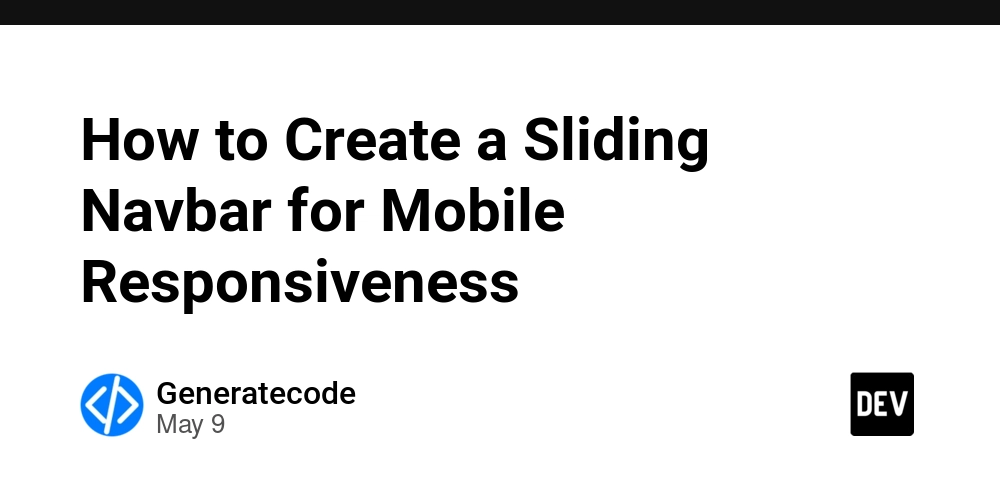
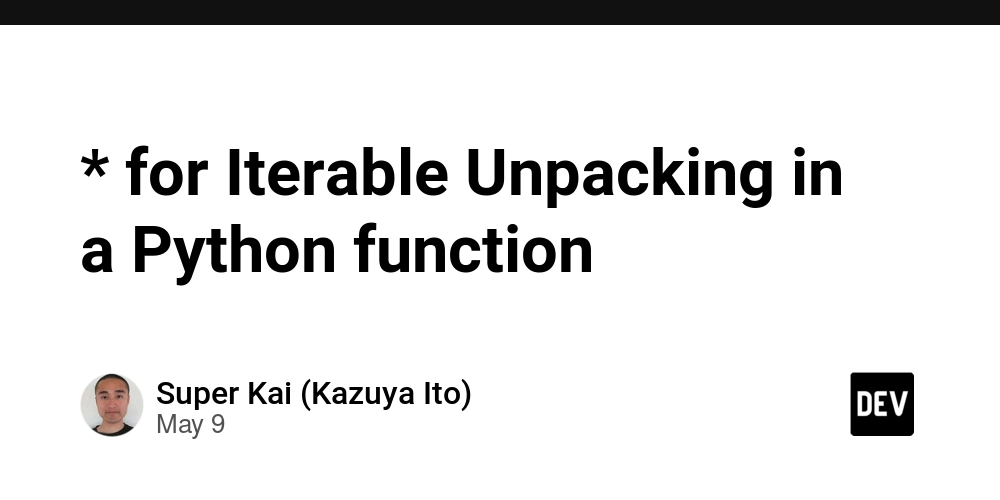















![Life in Startup Pivot Hell with Ex-Microsoft Lonewolf Engineer Sam Crombie [Podcast #171]](https://cdn.hashnode.com/res/hashnode/image/upload/v1746753508177/0cd57f66-fdb0-4972-b285-1443a7db39fc.png?#)




























































.jpg?width=1920&height=1920&fit=bounds&quality=70&format=jpg&auto=webp#)




















































-Nintendo-Switch-2-Hands-On-Preview-Mario-Kart-World-Impressions-&-More!-00-10-30.png?width=1920&height=1920&fit=bounds&quality=70&format=jpg&auto=webp#)

























_Andrey_Khokhlov_Alamy.jpg?width=1280&auto=webp&quality=80&disable=upscale#)


_Aleksey_Funtap_Alamy.jpg?width=1280&auto=webp&quality=80&disable=upscale#)

















































































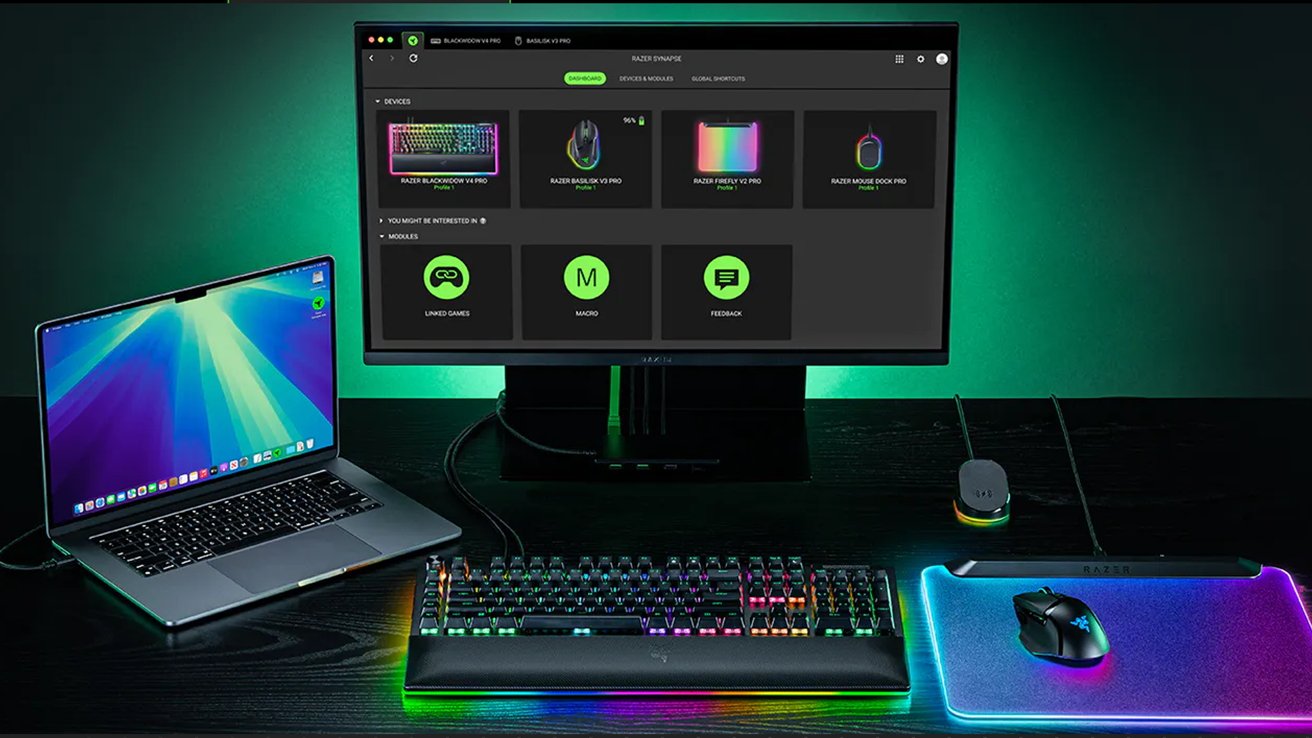
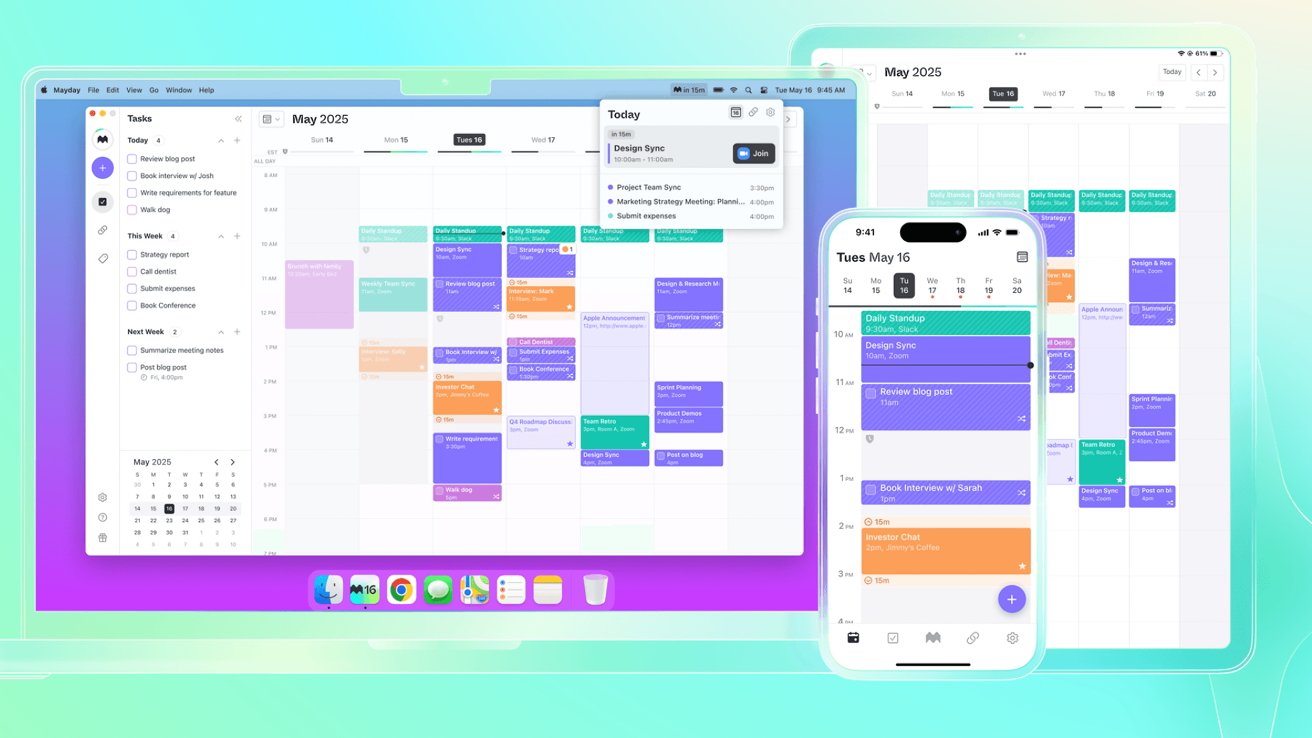
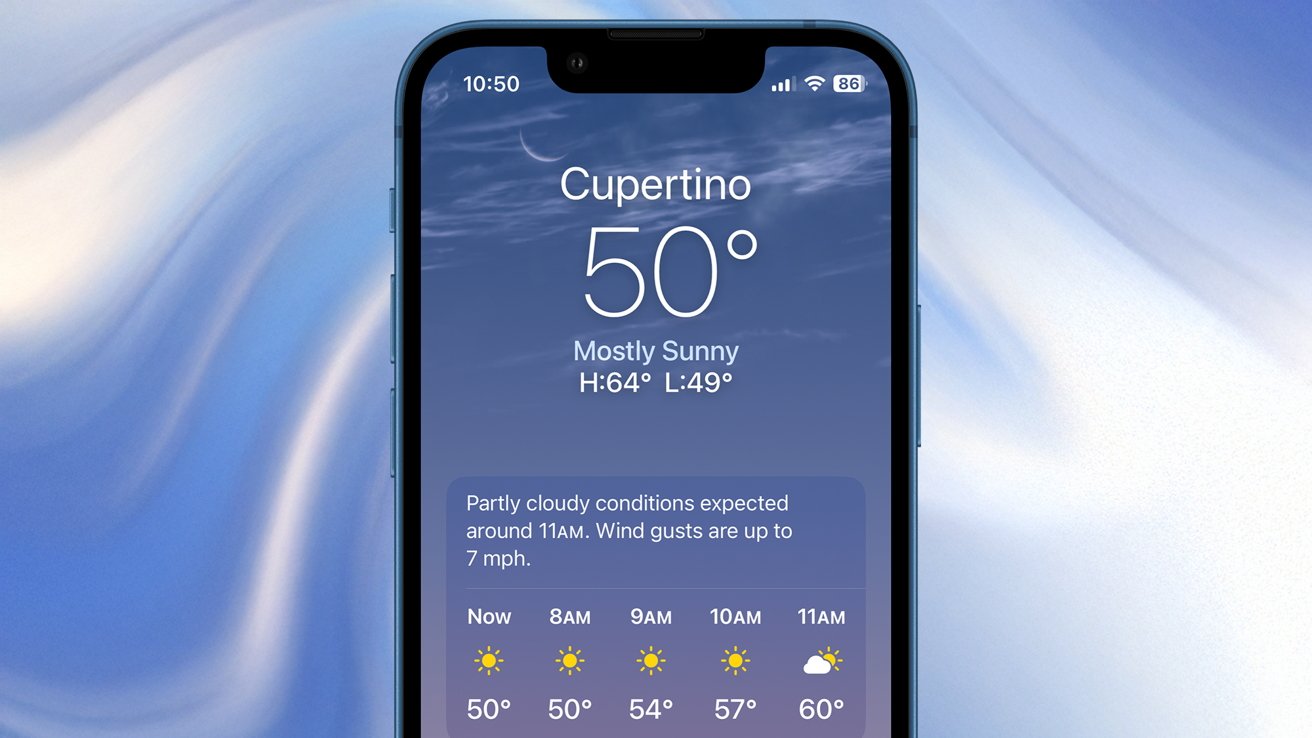



























![Apple Foldable iPhone to Feature New Display Tech, 19% Thinner Panel [Rumor]](https://www.iclarified.com/images/news/97271/97271/97271-640.jpg)
![Apple Developing New Chips for Smart Glasses, Macs, AI Servers [Report]](https://www.iclarified.com/images/news/97269/97269/97269-640.jpg)
![Apple Shares New Mother's Day Ad: 'A Gift for Mom' [Video]](https://www.iclarified.com/images/news/97267/97267/97267-640.jpg)





































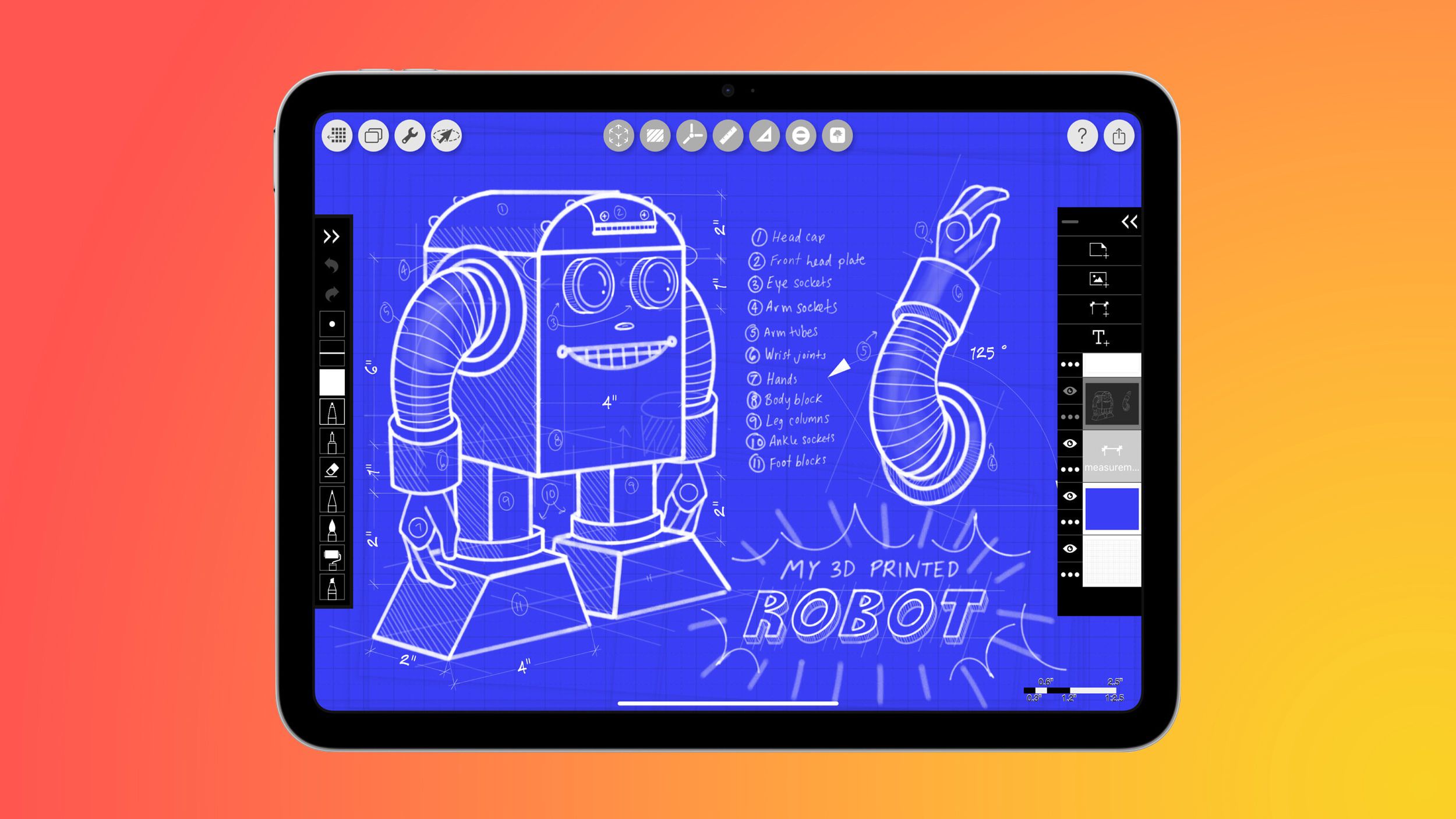
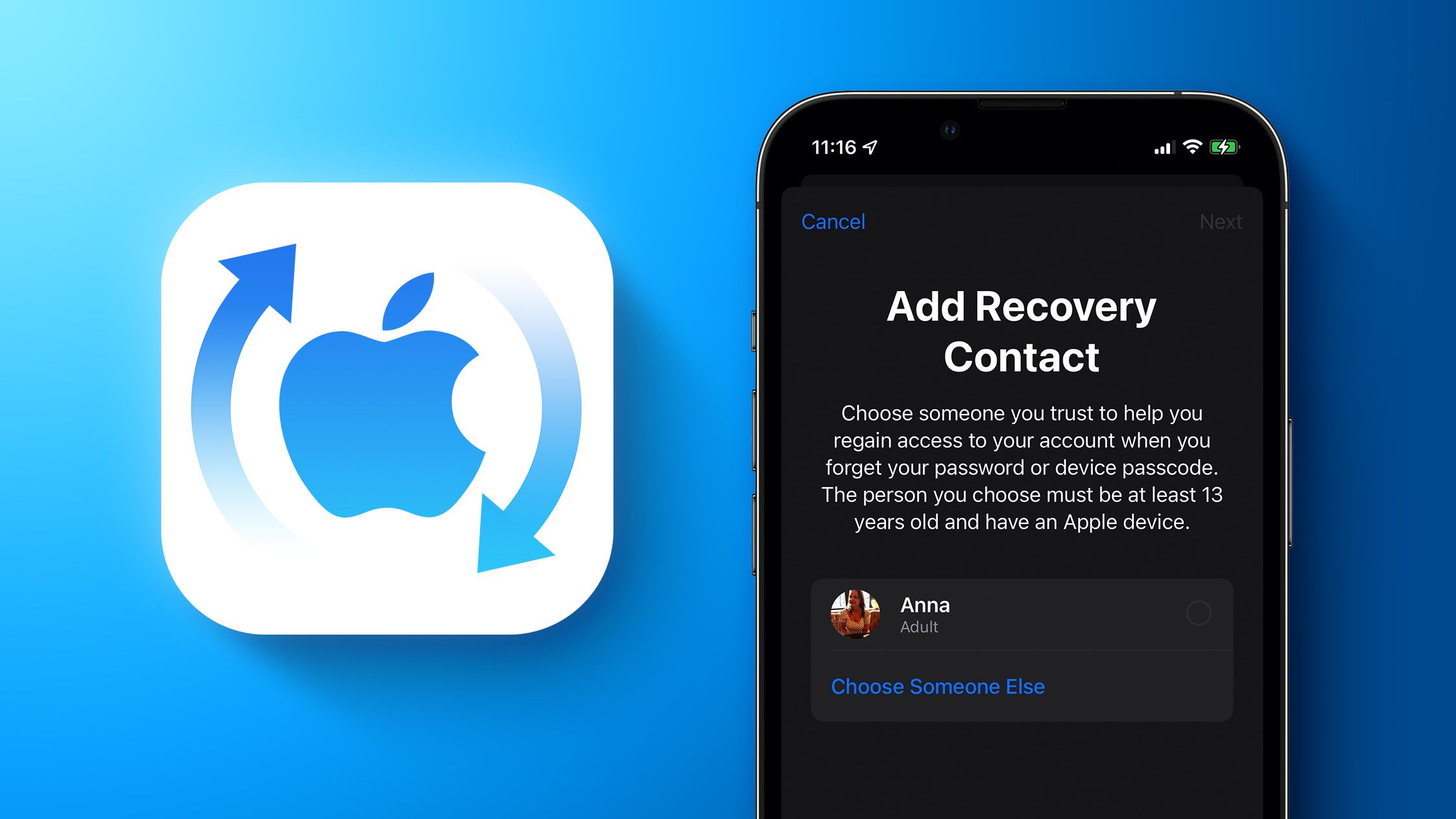




























![[Weekly funding roundup May 3-9] VC inflow into Indian startups touches new high](https://images.yourstory.com/cs/2/220356402d6d11e9aa979329348d4c3e/WeeklyFundingRoundupNewLogo1-1739546168054.jpg)





























